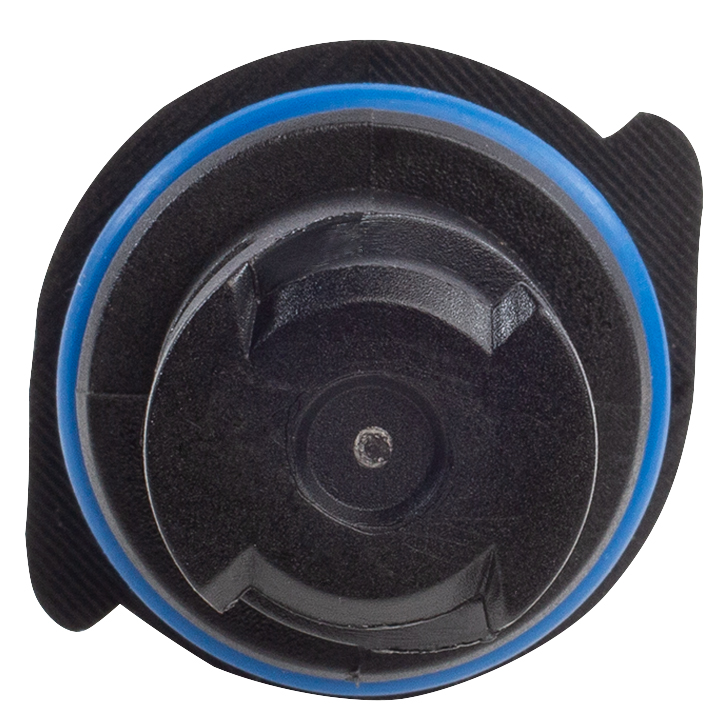pan gasket
Understanding Pan Gaskets Importance, Types, and Applications
In the world of mechanical engineering and automotive design, small components often play a crucial role in ensuring the efficiency and reliability of a system. One such critical component is the pan gasket. Despite its humble appearance, the pan gasket serves an essential function in various applications, particularly in automotive engines and machinery. This article will explore the importance of pan gaskets, the different types available, and their applications.
What is a Pan Gasket?
A pan gasket is a sealing component primarily used in oil sumps and transmission pans. It is designed to create a tight seal between two mating surfaces, preventing liquid leaks, which is vital for the proper functioning of an engine or transmission system. Pan gaskets are made from various materials, including rubber, silicone, cork, and composite materials, each selected based on their specific performance characteristics.
Importance of Pan Gaskets
The primary role of a pan gasket is to contain fluids within the pan, which might include oil or transmission fluid. A well-functioning pan gasket prevents leaks that can lead to significant issues such as overheating, decreased efficiency, and potential engine damage. In automotive applications, oil leaks can create safety hazards, environmental concerns, and costly repairs.
Moreover, a stable seal provided by a good-quality pan gasket helps maintain the proper pressure within the engine or transmission system. This pressure is critical for efficient operation, as it ensures adequate lubrication of moving parts and optimal performance.
Types of Pan Gaskets
There are several types of pan gaskets available, and the choice largely depends on the specific application and the materials being sealed. Here are the most common types
1. Rubber Gaskets Often made from neoprene or other synthetic rubber materials, these gaskets offer excellent flexibility and sealing properties. They are commonly used in automotive applications for their resistance to heat and chemical exposure.
2. Silicone Gaskets Silicone gaskets are known for their high temperature and chemical resistance. They are perfect for automotive applications where exposure to extreme temperatures is common. Silicone is also easy to work with for DIY repairs.
pan gasket

3. Cork Gaskets Cork has been a traditional choice for pan gaskets, providing good resilience and sealing properties. While cork can be susceptible to degradation over time due to exposure to oil and heat, many manufacturers still use it for low-cost applications.
4. Composite Gaskets These gaskets are made from a combination of materials, often featuring a metal core surrounded by a soft sealing layer. Composite gaskets are designed for high-performance applications, providing durability and reliability under challenging conditions.
Applications of Pan Gaskets
Pan gaskets find their primary application in automotive engines, specifically in oil pans and transmission housings. However, their use extends beyond cars and trucks. Here are some common applications
1. Automotive Engines In engines, pan gaskets are crucial for sealing oil pans to prevent leaks that could lead to serious damage. Proper sealing also supports the engine's lubrication system, ensuring longevity and performance.
2. Industrial Machinery Many types of machinery use pan gaskets to contain lubricants and prevent contamination from external sources. This is vital in maintaining operational efficiency and prolonging equipment life.
3. Marine Engines Similar to automotive engines, marine engines also utilize pan gaskets to ensure leak-proof operation while exposed to harsh sea conditions.
4. Aerospace Applications In aircraft engines, seal integrity is non-negotiable due to the high stakes involved. Pan gaskets are engineered to meet stringent safety and reliability specifications.
Conclusion
In summary, pan gaskets may seem insignificant at first glance, but they play a pivotal role in the smooth operation of automotive and industrial systems. With various types of materials available, manufacturers and engineers can select the right gasket to meet specific requirements in performance, durability, and resistance to environmental factors. As technology evolves, the materials and designs of pan gaskets continue to improve, further enhancing their functionality and importance in modern engineering applications. Thus, understanding pan gaskets and their role is essential for anyone involved in mechanical and automotive engineering.
-
The Ultimate Guide to Boat Propeller Bearings and Trailer Wheel Bearings
News Jul.31,2025
-
The Essential Guide to Marine Bearings and Boat Trailer Wheel Bearings
News Jul.31,2025
-
The Complete Guide to Heavy Duty Seals: Protecting Doors and Spaces Efficiently
News Jul.31,2025
-
Essential Guide to Marine Shaft Bearings and Boat Trailer Axle Bearings
News Jul.31,2025
-
Comprehensive Guide to Marine and Trailer Bearings for Safe Boating and Transport
News Jul.31,2025
-
Comprehensive Guide to Automotive Oil Seals: Protecting Your Engine and Shafts
News Jul.31,2025
-
Understanding Automotive Oil Seals: Essential Components for Engine and Shaft Protection
News Jul.30,2025
Products categories















